Marchmont: The Scottish expertise and craftsmanship behind the revival
In the second of two articles, Roger White explains how Scottish expertise and craftsmanship lie behind the remarkable and stylish revival of this outstanding property.
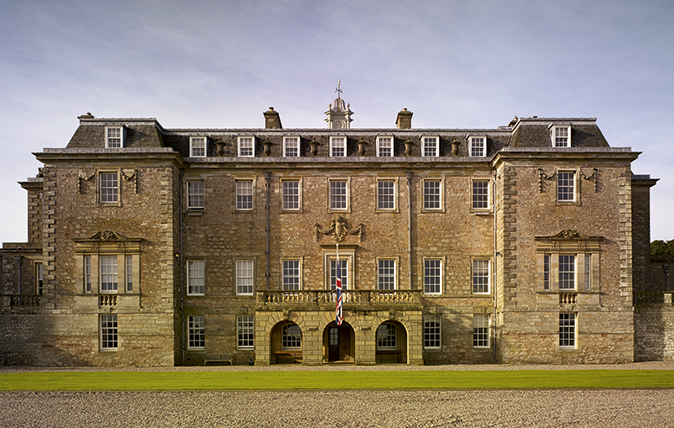

When the irascible Sir Hugh Hume Campbell, 3rd Earl of Marchmont, died in 1794, the splendid mansion he had built passed to the descendants of his sister (who assumed the name Hume Campbell). As we saw last week, this was an unexpected inheritance; from 1780, he had quarrelled with his son and disowned his youngest daughter and grandson.
The last of his sister’s heirs to own Marchmont House, Sir John Hume Campbell inherited as a teenager in 1894. He proved to have expensive tastes - notably keeping two packs of foxhounds - and these progressively eroded his patrimony. As a result, in 1912, he was forced to put the Marchmont estate on the market.
The buyer was a wealthy Edinburgh lawyer called Robert Finnie McEwen, whose resources were swelled by inheriting money created in Brazil. Not only did he feel that Marchmont was too small, but it lacked a number of the amenities considered important in the opulent country-house world before the First World War - as exemplified, indeed, by Manderston House a few miles away, luxuriously remodelled in 1902–5.
In 1914, he called in the leading Scottish architect of the day, Sir Robert Lorimer, who carried out far-reaching alterations even as war raged. Externally, two of them were particularly significant, namely the removal of the external stairs that led the visitor directly up to the elevated principal floor or piano nobile, in favour of a ground-floor entrance hall and the remodelling of the low-pitched Georgian roof to allow for the insertion of additional servants’ rooms. The new roofline was given a central accent in the form of a rather dainty cupola.
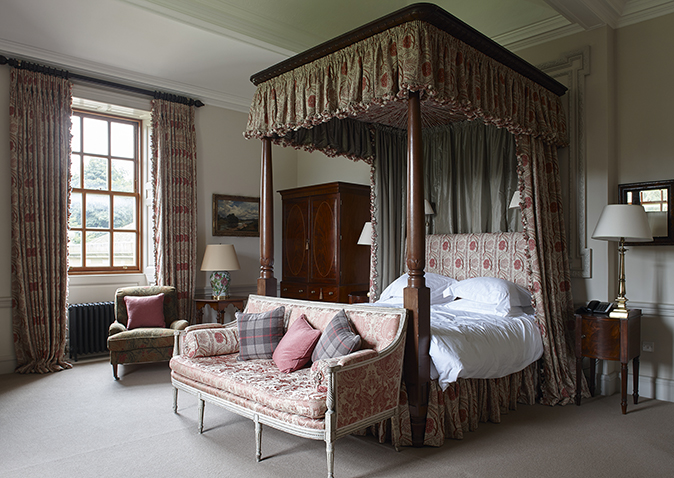
Internally, the most striking innovation was the creation of a more spacious and imposing staircase, opening out of the new entrance hall and connecting it with all the upper floors. The staircase is of concrete (a material favoured by Lorimer), with wrought-iron handrails, and the crowning ceiling is in a rich late-17th-century style - somewhat anachronistic in a mid-18th-century house.
There is much ornamental plasterwork on the walls, with references to McEwen’s fondness for music and sport and the date 1916, which refers to the death of his elder son in the First World War.
Embedded in the centre of the south end of the piano nobile, on the site of the Georgian staircase, Lorimer inserted a new toplit lobby (influenced by the 17th-century interiors at Ashburnham House in Westminster) with giant Ionic pilasters and more rich Carolean plasterwork on the ceiling.
Exquisite houses, the beauty of Nature, and how to get the most from your life, straight to your inbox.
The lobby gives access to most of the living rooms, including the principal dining room. The latter was completely redecorated by Lorimer (here, in McEwen’s time, hung a de Laszlo portrait of Mrs McEwen), who also designed the original furniture, made by the Edinburgh firm of Whytock & Reid.
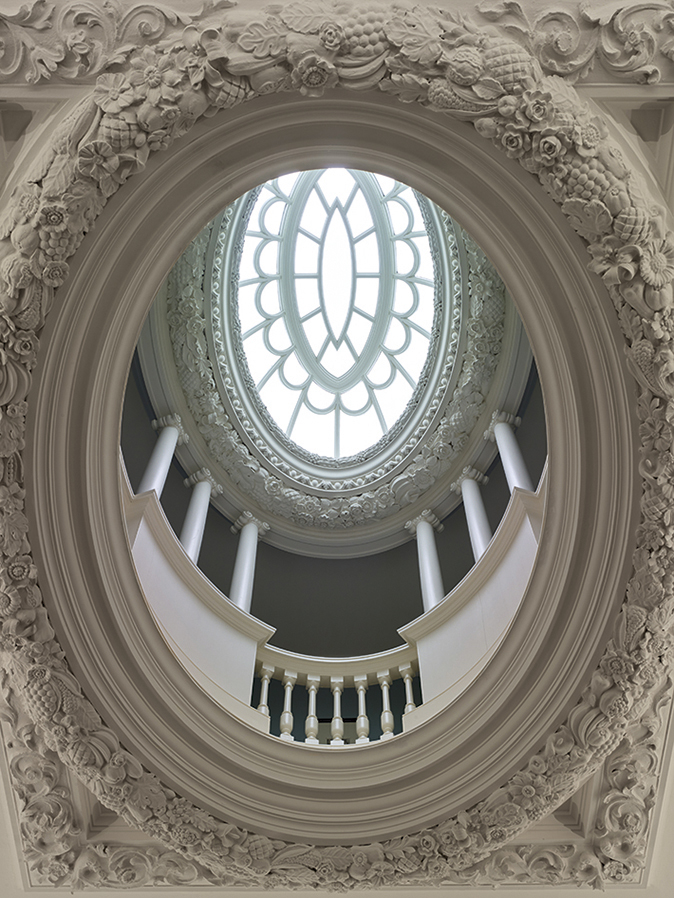
At the south-east corner, the new library and billiard room - previously separate dining and breakfast rooms - were arranged by Lorimer as one space with veneered flame mahogany bookcases set into the walls.
Lorimer’s most impressive interior, however, is the oak-panelled music room. It fills the north pavillion, which had originally been stables, and is reached by a grand vaulted corridor. The magnificent organ by Norman and Beard of Norwich at one end, dated 1919, bears the inscription ‘to serve the master of this house’ and once again reflects McEwen’s serious musical interests.
McEwen died in 1926 and was followed by his younger son John (1893–1962), whose successful career in the diplomatic service and politics resulted in a baronetcy. During his lifetime, the Marchmont estate continued largely unchanged, but, after his death, a rapid succession of baronets and the concomitant death duties led the widow of the 3rd Baronet to sell the house to the Sue Ryder Foundation for use as a home for the elderly.
The Foundation took good care of the building, keeping it watertight and heated and replacing the roof. However, its size and isolated location, not to mention the cost of upkeep, meant that this could never be a long-term solution.
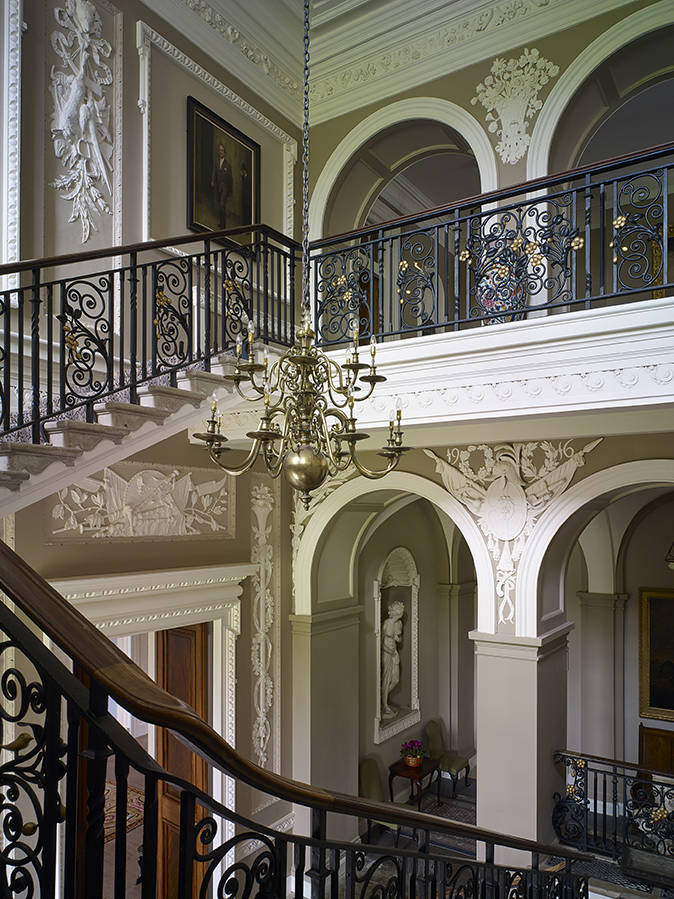
However, in 1988, Oliver Burge, managing director of Marchmont Farms, had purchased some 3,000 acres of the estate (a further 2,500 acres followed separately in 2007). At this stage, he had no particular interest in the house, but, in 2006, with the failure of the care-home use, he and his son and fellow director, Hugo, decided to take it on. Finding a viable future for Marchmont was a major challenge. The Burges concluded that the best way forward would be effectively to divide the building into functionally separate units without compromising its architectural integrity.
These would comprise the Georgian state rooms on the piano nobile, including large and small dining rooms; meeting rooms for conferences, including the music room and a film room; one main apartment that could be rented separately; self-contained flats for a housekeeper and caretaker; various estate offices; and, on the top floor, an eight-bedroom apartment that could be let to shooting parties and others.
All this was worked out in close and supportive consultation with Historic Scotland. It recognised the urgent need for a realistic solution and planning consent was granted in 2007, just before the financial crash of 2008 enforced a lengthy pause on progress.
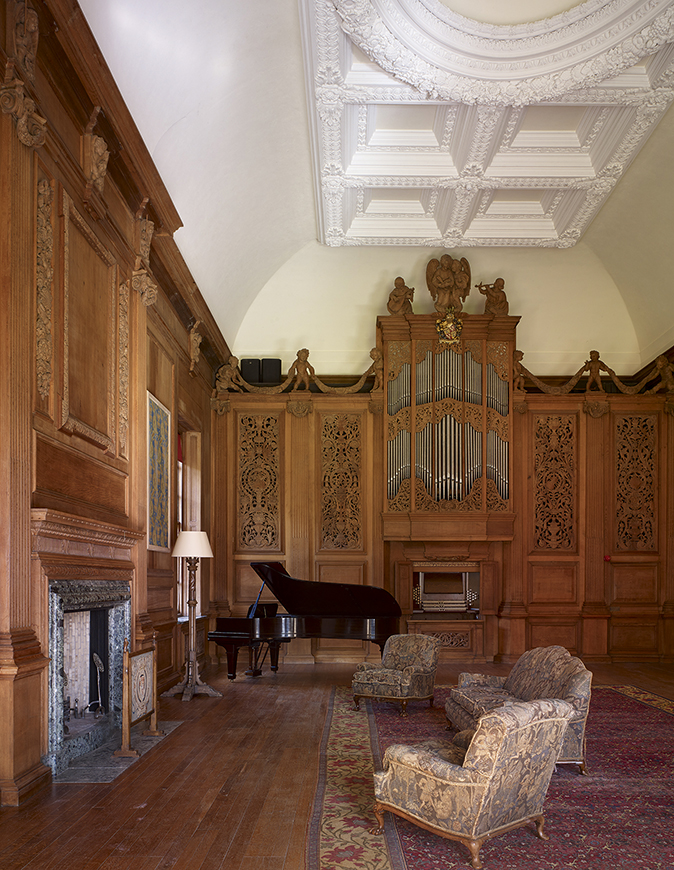
By 2013, the Burges were in a position to pick up the threads of the project, having used the interval to focus on acquiring the kind of furniture and other works of art that they felt the quality of the interiors demanded to augment an inherited collection. For this, they received professional assistance from James Graham-Stewart Ltd for furniture and Beaumont Nathan for the pictures, with an overall preference for Scottish provenance.
Scottish painters are indeed well represented in the house today, notably Ramsay, Raeburn and Nasmyth. Other artists gracing the walls include Wotton, Gainsborough, Rowlandson, Orizzonte, Solimena, G. B. Tiepolo and de Loutherbourg.
Many outstanding objets d’art and pieces of furniture from the Georgian period have been assembled. Makers include Matthew Boulton, Giles Grendy, John Cobb, Joseph Nollekens, Mayhew and Ince, George Bullock and William Trotter of Edinburgh. Again, Scottish provenance has been an important consideration and, happily, it has been possible to return to Marchmont items associated with its original builder, such as the needlework pole screen with the arms of the 3rd Earl.
However, conscious of the fact that the Lorimer period looms as large as the Georgian in the architecture of the house, there has also been a deliberate strategy to acquire a more eclectic mix of contents that also encompasses Victorian, Edwardian, Arts-and-Crafts and modern works. The latter periods particularly reflect the interests of Hugo, who acquired a passion for the Arts-and-Crafts movement while a schoolboy at Bedales and has broadened this to encompass the whole of the 20th century.
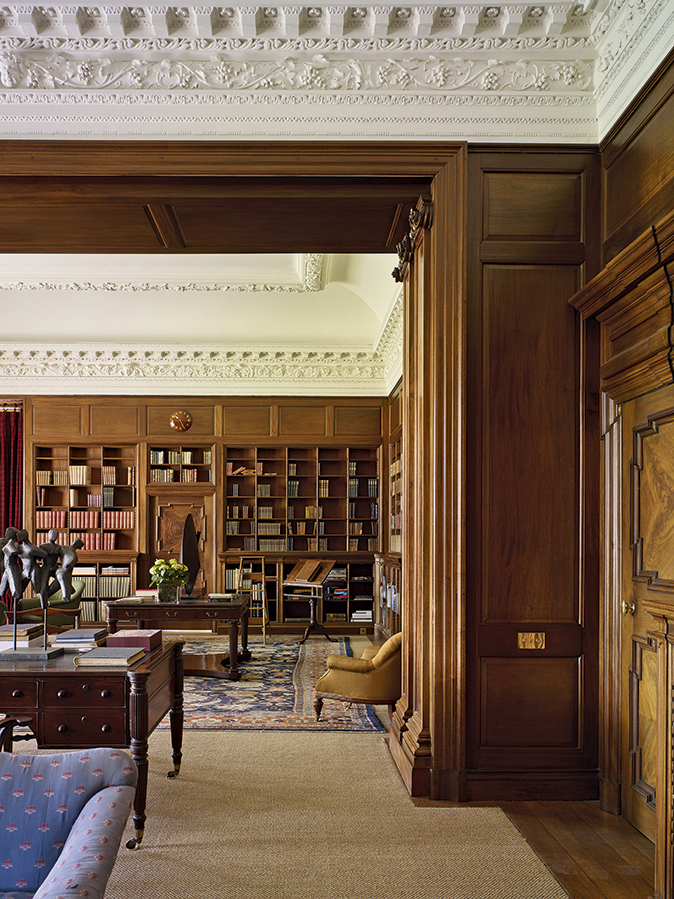
As a result, the entire Lorimer attic floor is now furnished with pieces by such luminaries as Gimson, Barnsley, Gordon Russell and indeed Lorimer himself, while works by sculptors as diverse as Hepworth, Moore, Turnbull, Chadwick and Paolozzi are displayed throughout the house and its immediate surrounding. This remarkable assemblage will be discussed independently in a future article, along with Hugo’s collection of Scottish Colourists.
In the lower floors, many rooms juxtapose elements from different periods, just as would be the case in a typical private country house. The entrance hall, for instance, has a Lorimer chimneypiece relocated from the boudoir and pulvinated friezes have been added to the doorcases in accordance with Lorimer’s own surviving drawings. Here, too, are a Lutyens table topped by a Lyn Chadwick sculpture (Stranger VII), a Cotswold Arts-and-Crafts umbrella stand and lead urns on plinths by John Van Nost.
In the large dining room on the piano nobile, now a predominantly Lorimer interior, a ‘Victorian Romantic’ effect has been aimed at. The en-suite gilt pier tables and mirrors between the windows are Scottish of the 1830s and the chandeliers are 18th-century Dutch, but there is also an early Victorian Jacobean Revival side table and a marble statue of The Young Naturalist by the Scottish sculptor Henry Weekes (1807–77).
Just as there was a conscious effort to source contents with a Scottish provenance, so too in the restoration project as a whole local firms and individual craftsmen were involved as far as practicable. The clients were indeed agreeably surprised to discover just how far this was possible. With overall project management by Hugh Garratt from the firm of Smith & Garratt, chartered surveyors based in Ladykirk, a majority of the principal craftsmen were also identified within quite a small radius.
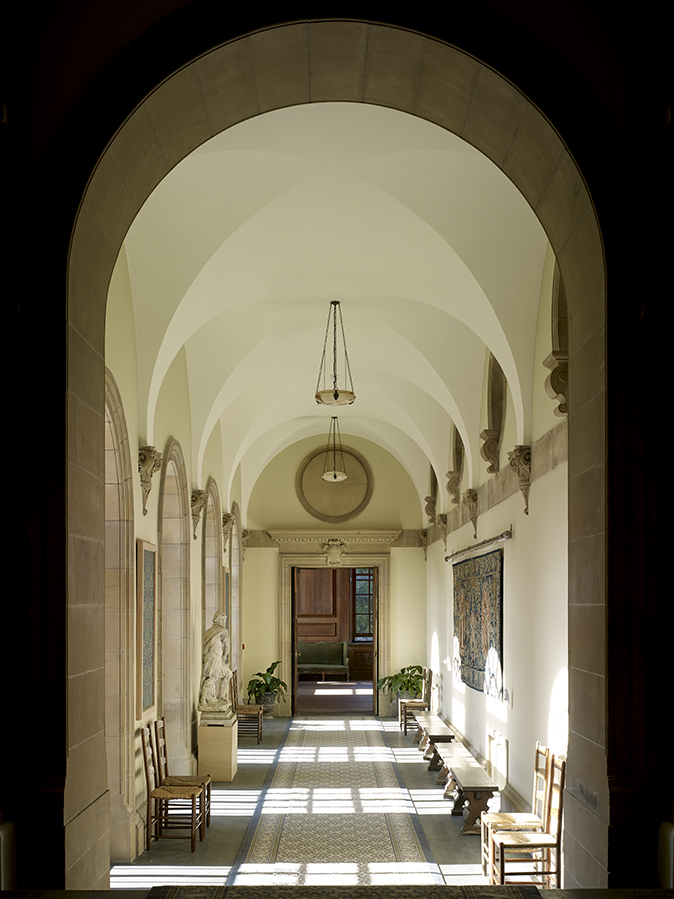
These included stonemason Stuart Whitton, wood restorer Grahame Watson, main joiners G. & J. Waddell and finishing joiner Ken Archibald, all from Greenlaw; decorator Billy Cowe and plumber Paul Lyons, both from Duns; John Grandison from Peebles dealing with the decorative plasterwork; and Charles Taylor from Dalkeith, cabinetmaker.
The colour schemes and curtains, which form a crucial element in the overall impression that the interiors make, were largely a collaboration between Mr Burge’s wife, Hazel (a cousin of the designer Oliver Messel), and the London firm Langton Interiors.
As a building, Marchmont House ranks among the most important country houses in Scotland, both for the mid-18th-century Palladian original and for the major contribution by Sir Robert Lorimer. As a restoration project, it can perhaps be compared in significance to the recent transformation of St Giles House, hundreds of miles to the south although, as it happens, just a few miles from Mr Burge’s Dorset estate.
A closer parallel, perhaps, is with the magnificent recent restoration of Ballyfin, a great Regency mansion in the Irish midlands. In both cases, a fine historic house that had long since been sold out of the original family and become rundown in institutional use has been restored structurally and decoratively to the highest standards. And, as at Ballyfin, a wide array of expertise, much of it local, has been marshalled to achieve an outstanding result.
However, the greatest credit has to go to the members of the Burge family, without whose vision, discernment and commitment the project could not have been the tremendous success that it undoubtedly is.
Visit www.marchmonthouse.com for further information
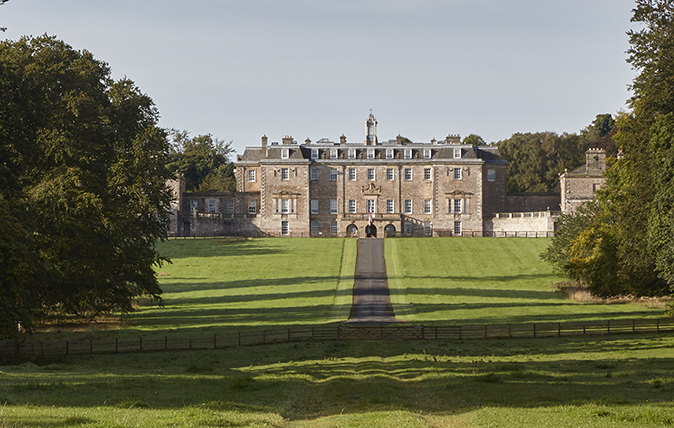
Marchmont: Scotland’s most ambitious Palladian house
An outstanding restoration project has transformed Marchmont. In the first of two articles, Roger White identifies the architect of this
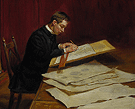
Great British Architects: Sir Robert Lorimer (1846–1929)
Lorimer was at the forefront of a renaissance of Scottish architecture at the turn of the 19th century

Who Designed Houghton? by John Harris
From the Country Life Archive: Could it be that Houghton Hall in Norfolk was not designed by Colen Campbell, but
Country Life is unlike any other magazine: the only glossy weekly on the newsstand and the only magazine that has been guest-edited by His Majesty The King not once, but twice. It is a celebration of modern rural life and all its diverse joys and pleasures — that was first published in Queen Victoria's Diamond Jubilee year. Our eclectic mixture of witty and informative content — from the most up-to-date property news and commentary and a coveted glimpse inside some of the UK's best houses and gardens, to gardening, the arts and interior design, written by experts in their field — still cannot be found in print or online, anywhere else.
-
 The rapid decline of our local abattoirs means we can no longer claim to be a country with leading animal welfare standards
The rapid decline of our local abattoirs means we can no longer claim to be a country with leading animal welfare standardsOnce the backbone of ethical, small-scale meat production, these essential processors are disappearing fast.
-
 How high is this mountain? It's the Country Life Quiz of the Day, October 27, 2025
How high is this mountain? It's the Country Life Quiz of the Day, October 27, 2025Happy Monday, here's your quiz of the day.
-
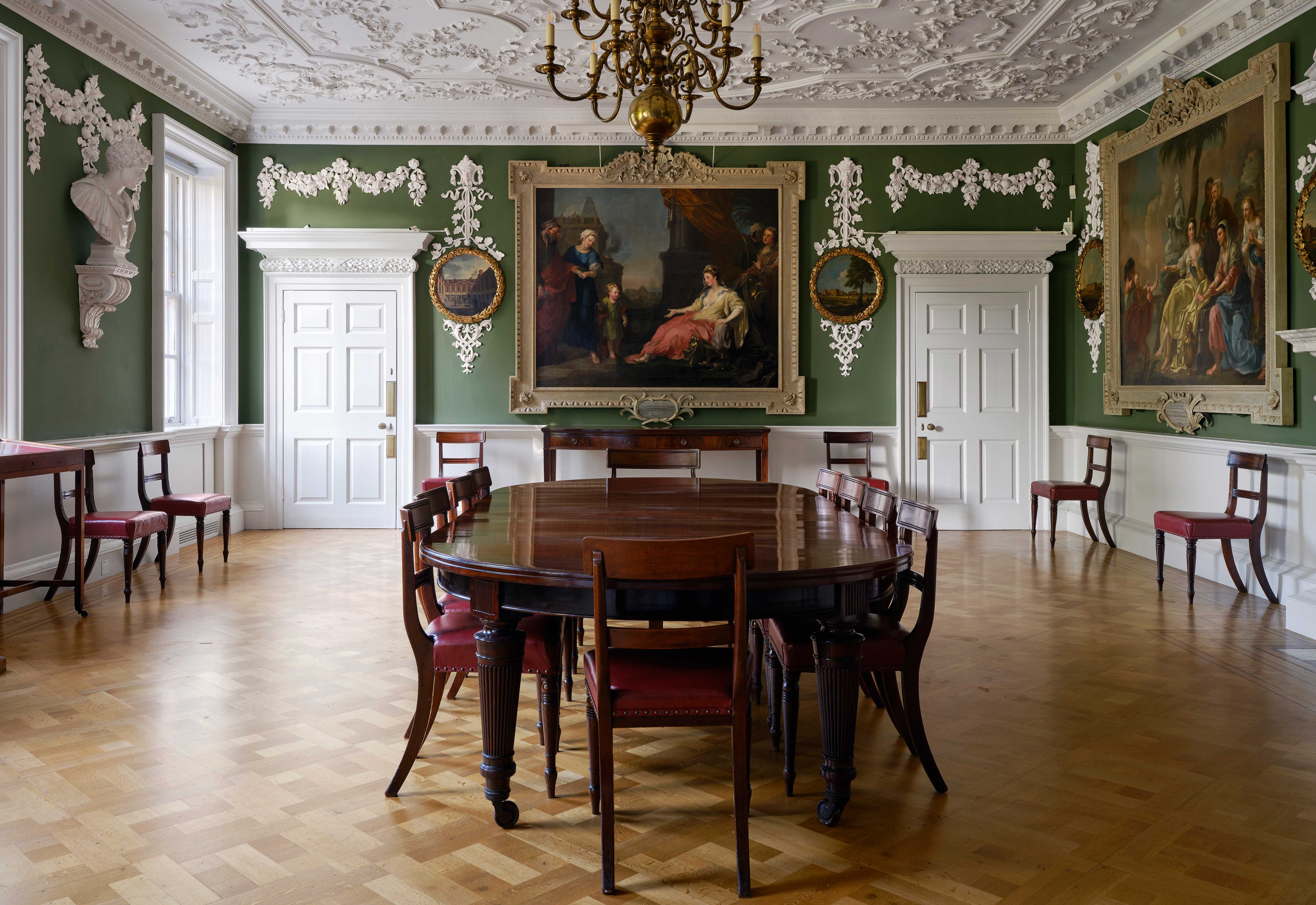 'A bluff, honest man in the trappings of greatness': The extraordinary story of the Foundling Hospital, and the sailor who saved the abandoned children of London
'A bluff, honest man in the trappings of greatness': The extraordinary story of the Foundling Hospital, and the sailor who saved the abandoned children of LondonA remarkable charitable endeavour to save abandoned children on the streets of London has a touching legacy in the form of the The Foundling Museum in the very centre of London. John Goodall tells its story; photographs by Will Pryce.
-
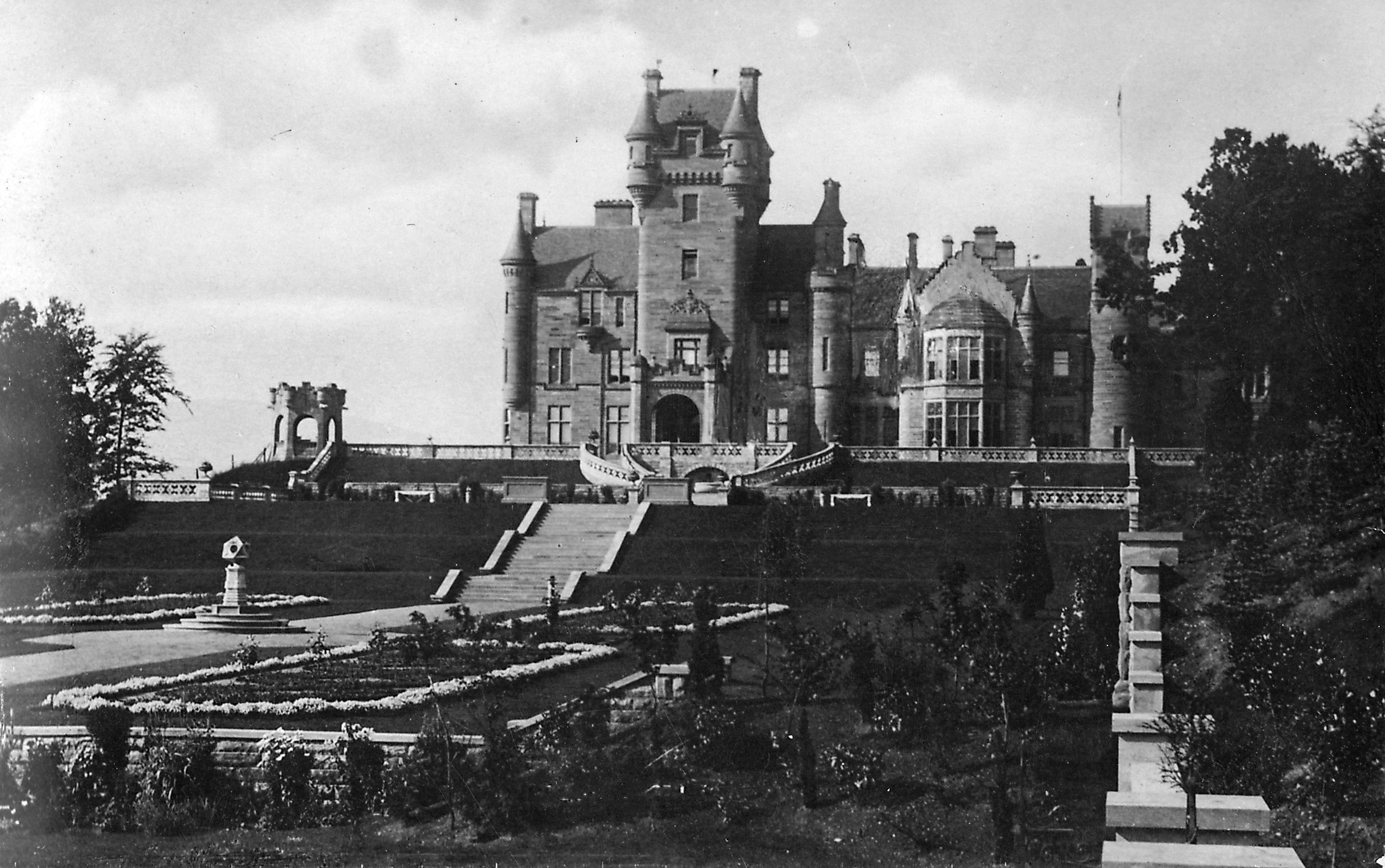 Where is 'The Traitors' filmed? Inside a storied Scottish castle that was sold via the pages of Country Life three times
Where is 'The Traitors' filmed? Inside a storied Scottish castle that was sold via the pages of Country Life three timesMelanie Bryans delves into the Country Life archives and uncloaks the history of the turreted Highland castle made famous by the global TV franchise, 'The Traitors'.
-
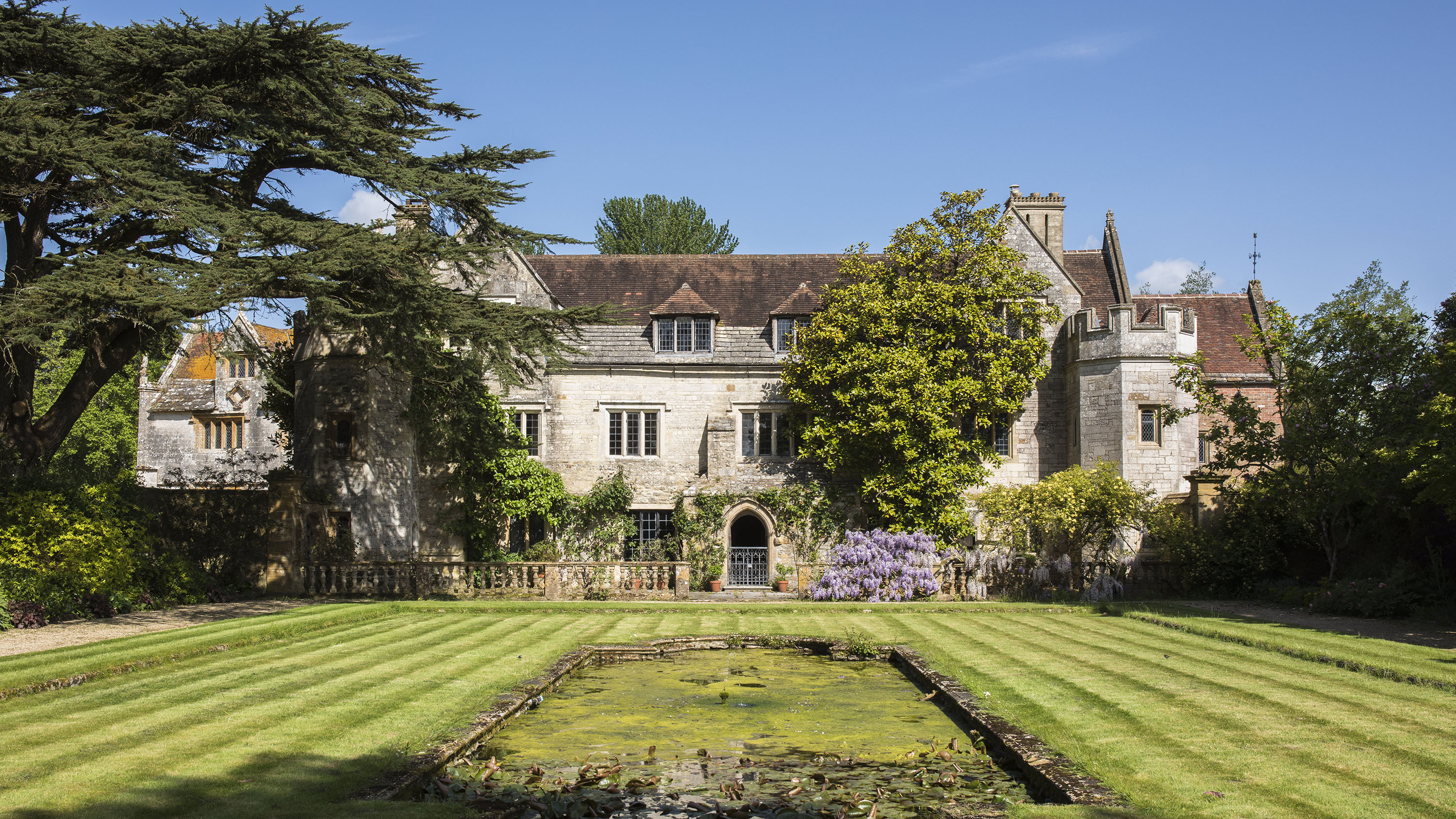 Stefan Pitman: Making great country houses cost less to heat than a suburban semi
Stefan Pitman: Making great country houses cost less to heat than a suburban semiThe trailblazing architect Stefan Pitman — founder of SPASE — joins the Country Life Podcast.
-
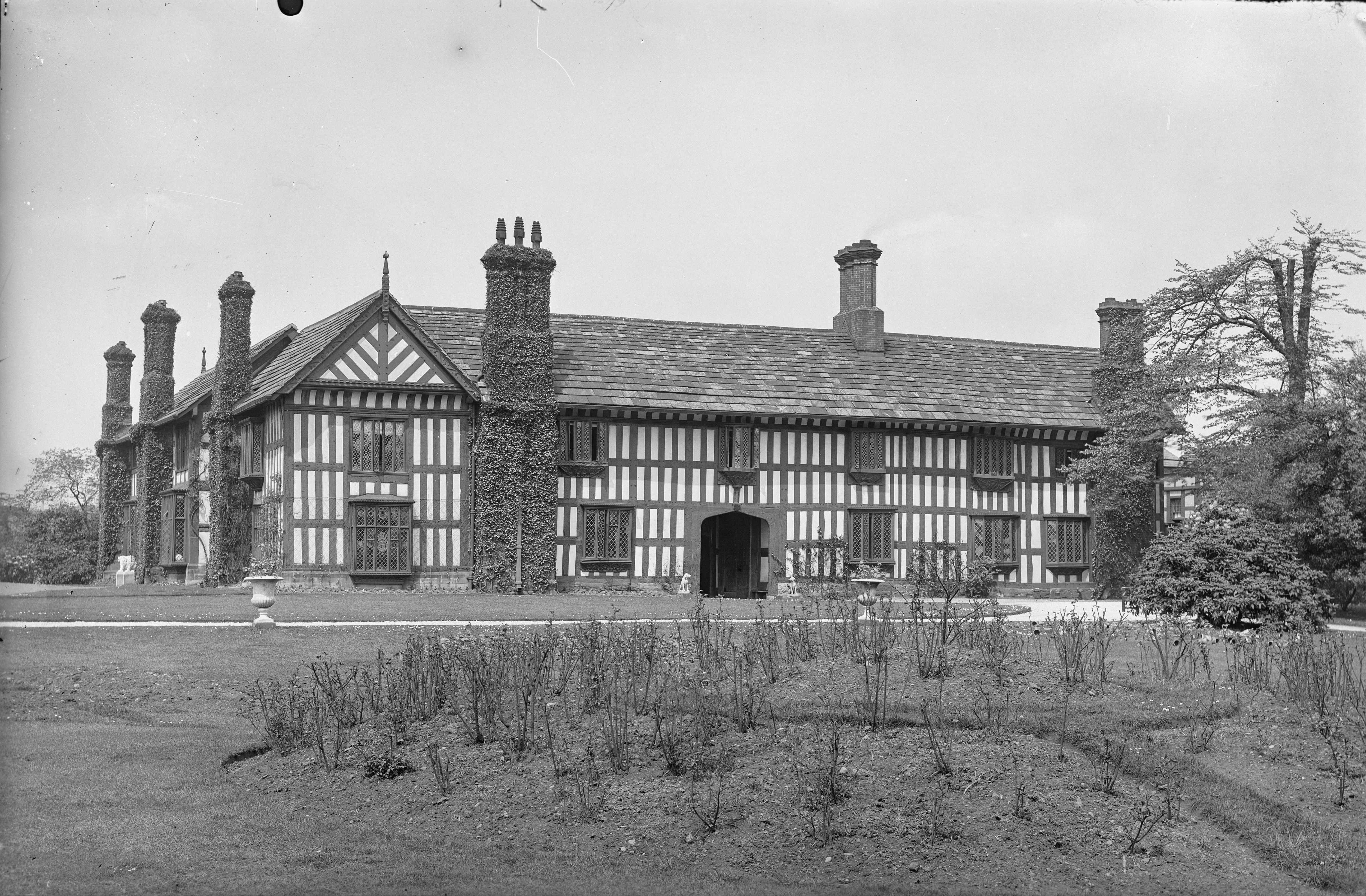 The Henry VII-era house that was dismantled piece by piece and shipped to the USA
The Henry VII-era house that was dismantled piece by piece and shipped to the USAAgecroft Hall, near Manchester, didn't meet the same miserable end as some of Britain's other country homes. Instead, it was shipped to the USA and repurposed as a museum.
-
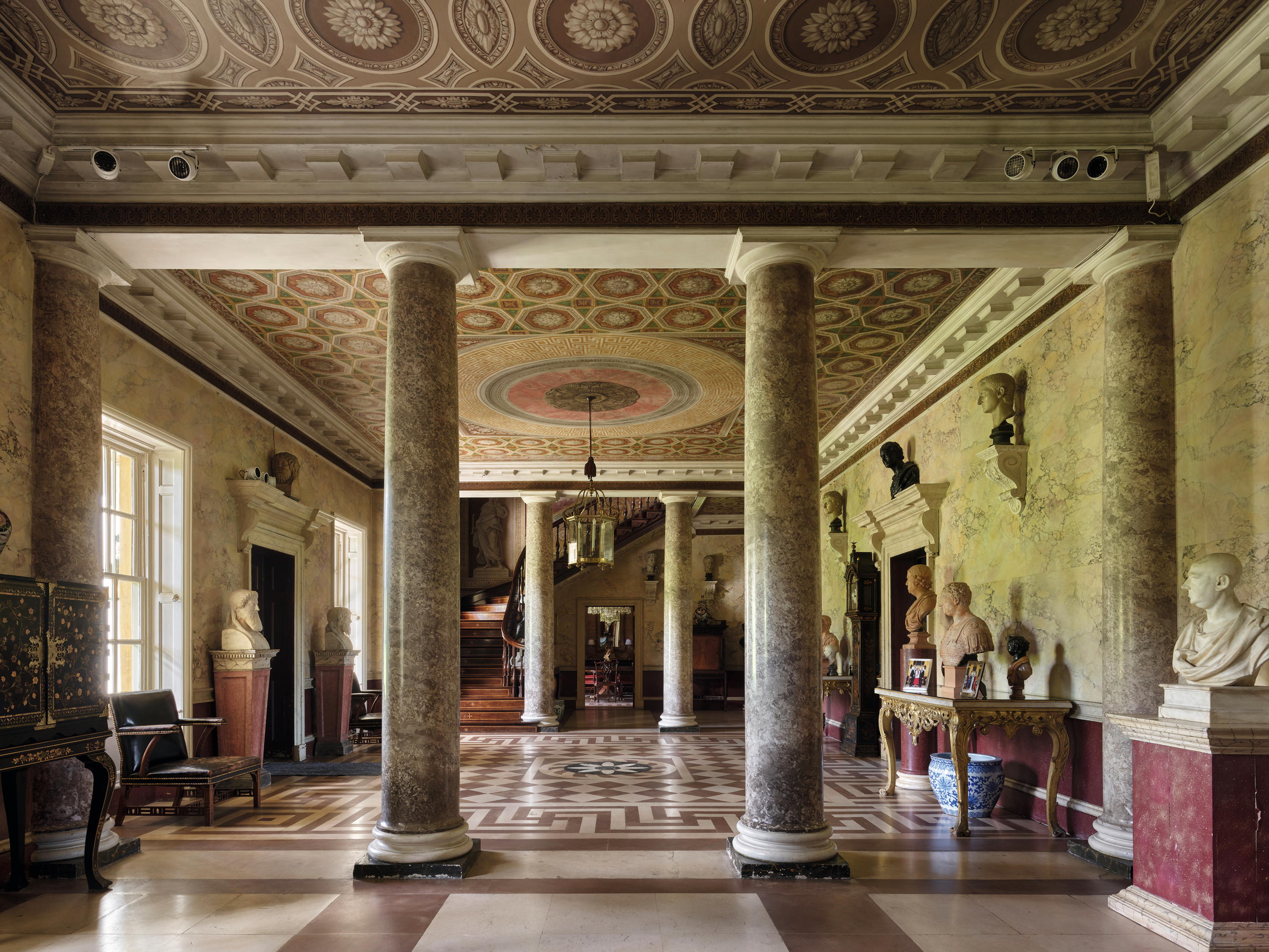 The great house that is 'one of the most compelling products of Britain’s 18th-century love affair with Antiquity'
The great house that is 'one of the most compelling products of Britain’s 18th-century love affair with Antiquity'John Goodall looks at the sources of inspiration behind the design for the magnificently idiosyncratic West Wycombe Park in Buckinghamshire.
-
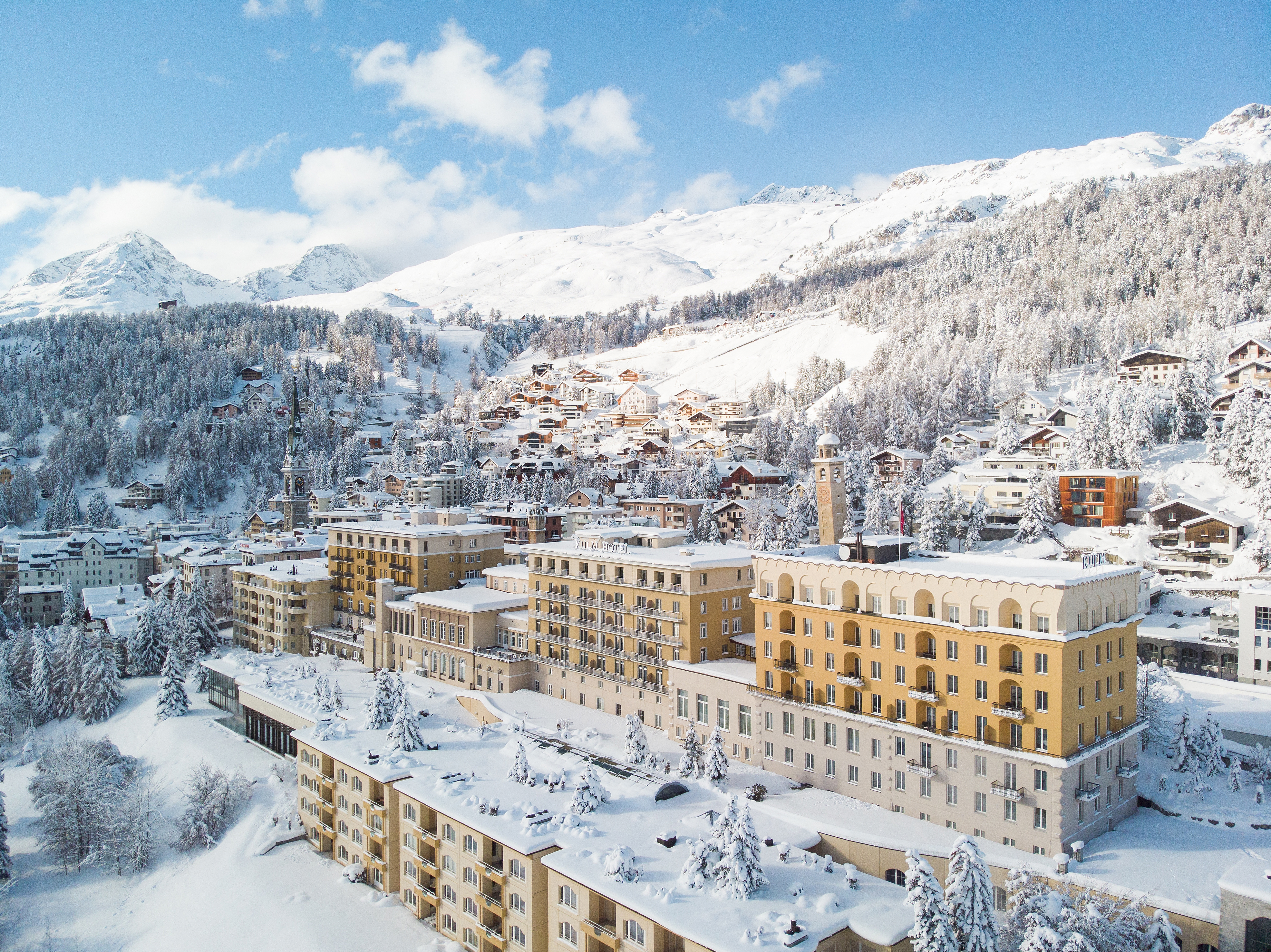 Say goodbye to the traditional ski shop and hello to the 'boot room of the future' — as reimagined by Norman Foster
Say goodbye to the traditional ski shop and hello to the 'boot room of the future' — as reimagined by Norman FosterThe British architect has completed the first phase of a major transformation at the Kulm Hotel in St Moritz.
-
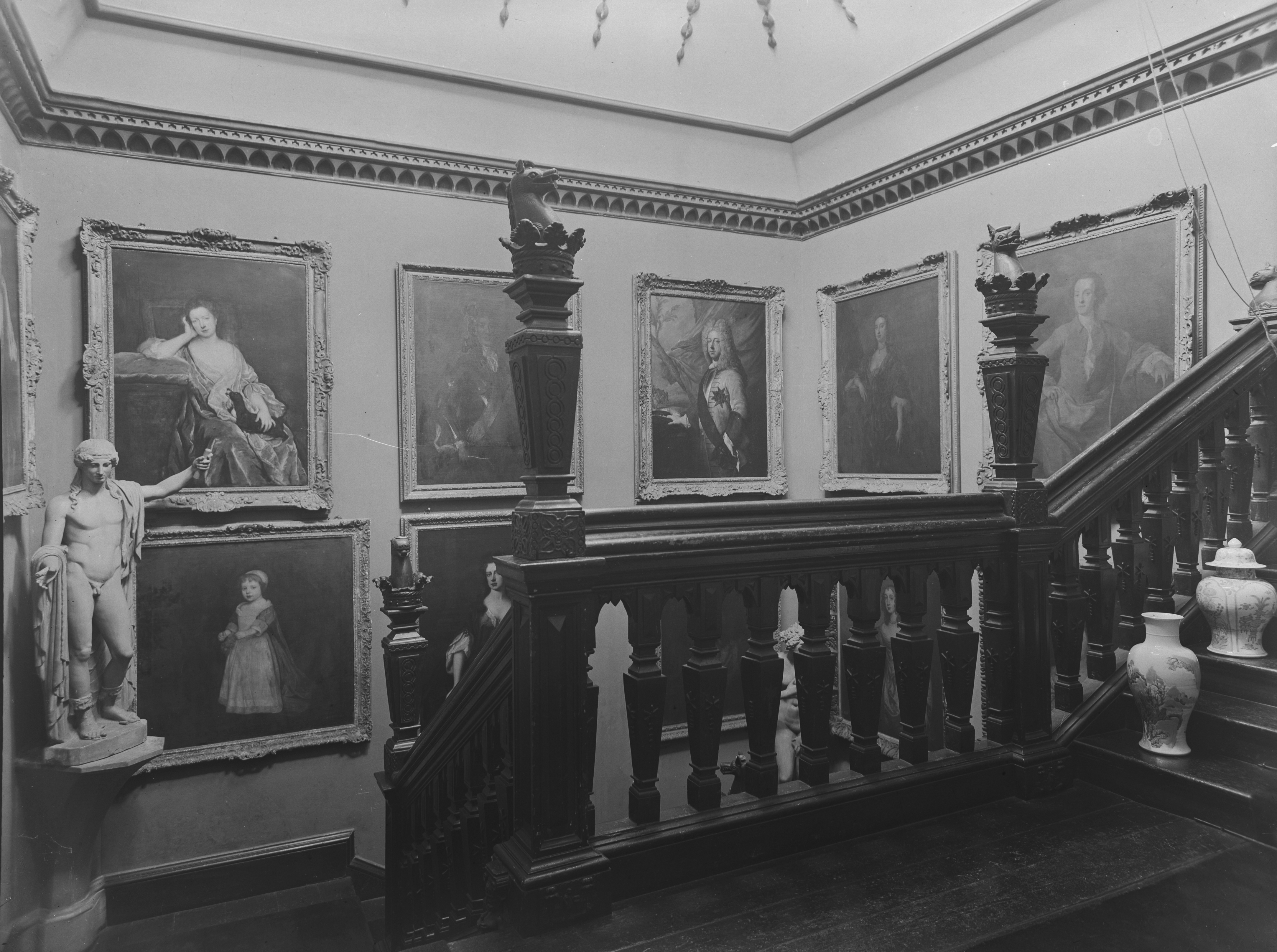 The unfortunate case of the Tudor estate that was bombed, torn apart for firewood and then buried underneath a golf course
The unfortunate case of the Tudor estate that was bombed, torn apart for firewood and then buried underneath a golf courseFew houses have suffered a fate as protracted and violent as Belhus in Essex.
-
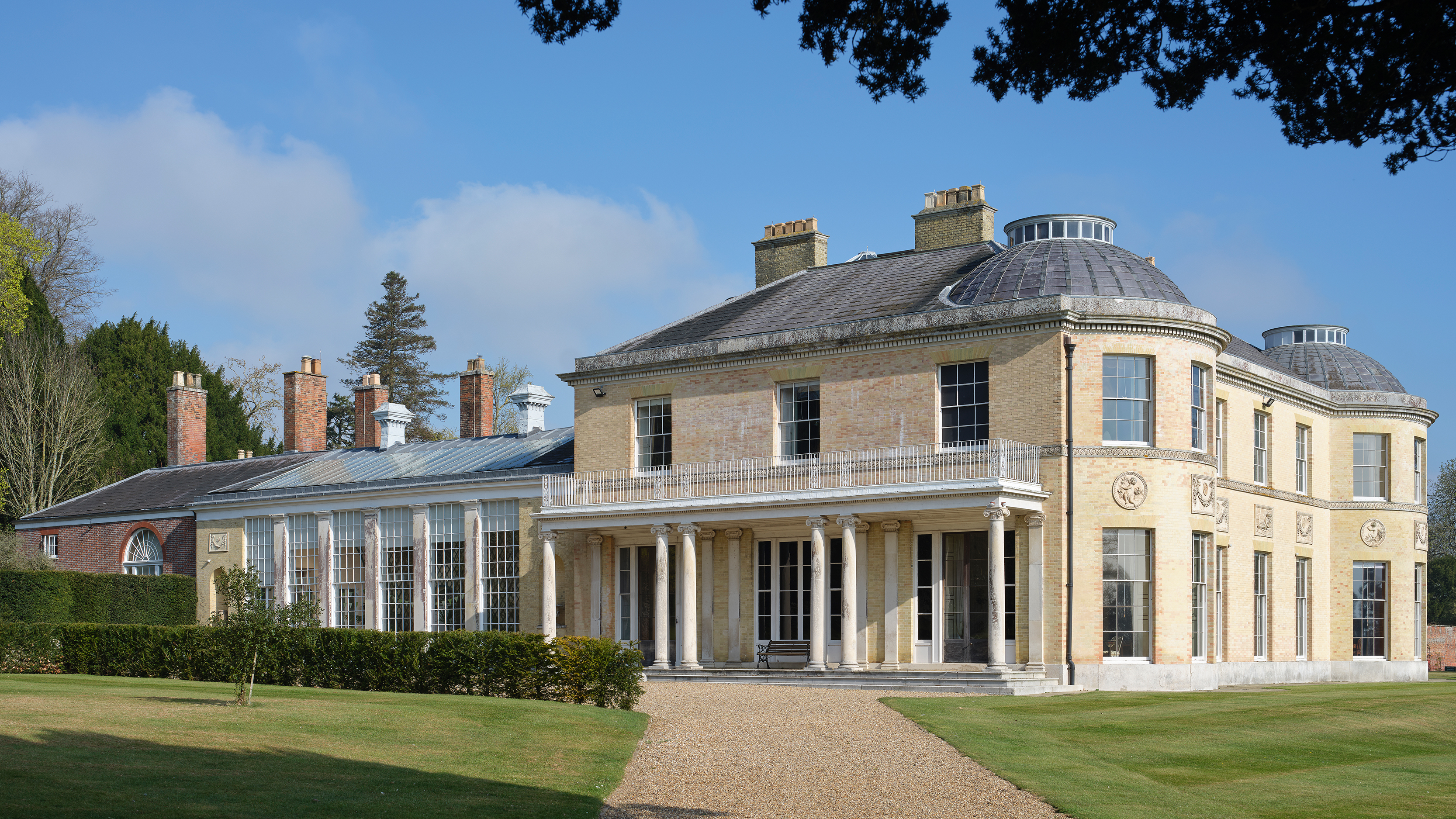 Belmont House: The 'jewel in Kent’s celebrated crown', created by a decorated soldier who was sent to prison and premature death by false accusations
Belmont House: The 'jewel in Kent’s celebrated crown', created by a decorated soldier who was sent to prison and premature death by false accusationsBelmont House in Kent is a Georgian creation rich in military associations, now run by a trust. Steven Brindle looks at its history and the remarkable architect responsible for its design; photographs by Will Pryce for Country Life.
